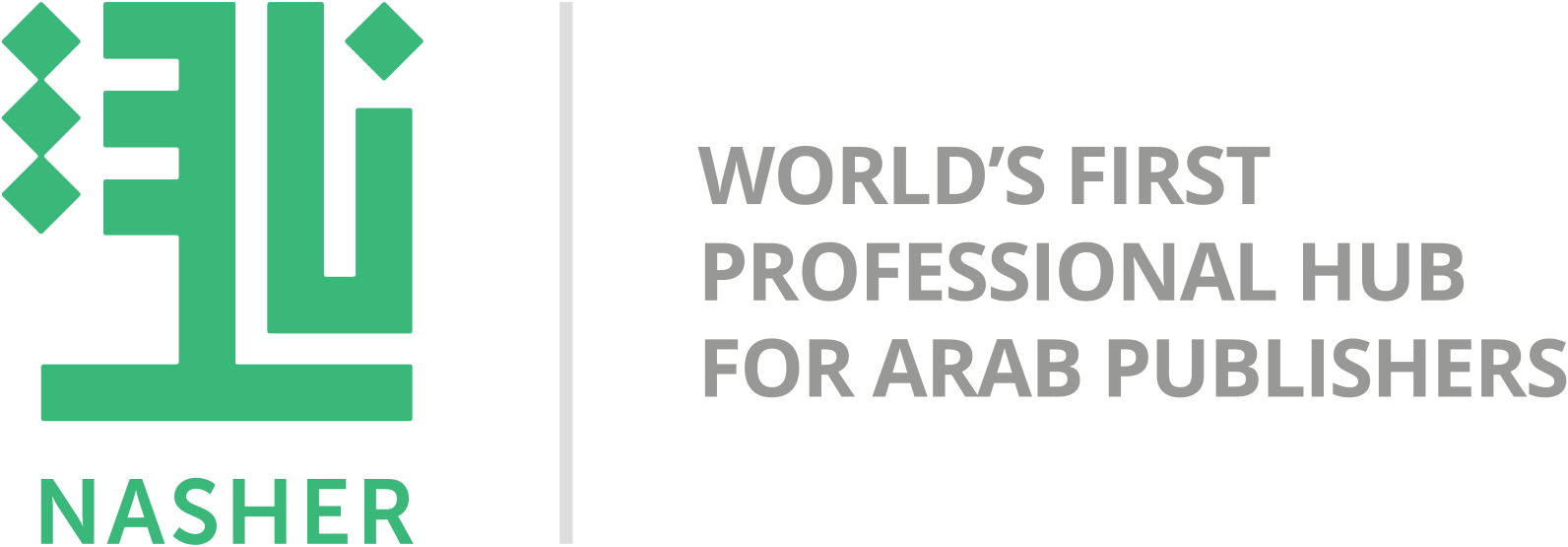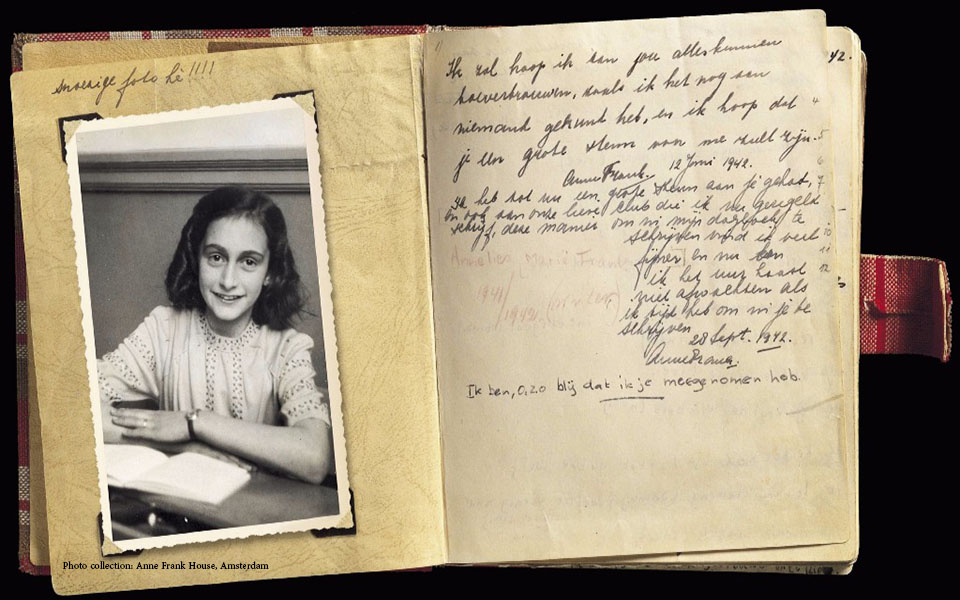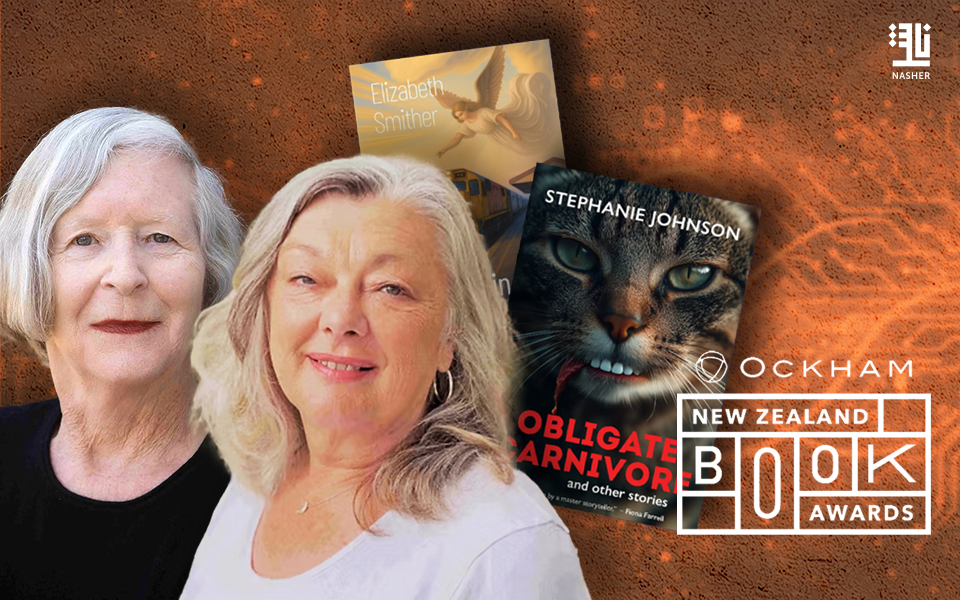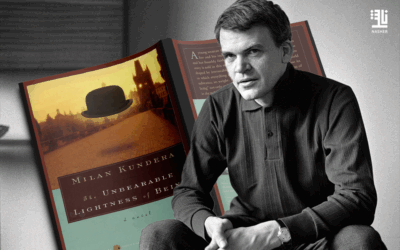There have always been books that have emerged from the darkness of the Holocaust – the Diary of Anne Frank in 1947, Primo Levi’s If this is a Man, published in the same year, William Styron’s Sophie’s Choice in 1979 and Thomas Kenneally’s Schlindler’s List in 1982 to name just a few. But in the last two years there has been a flood of Holocaust-related titles in the west, with many more slated to appear in the next 18 months. What is driving this new wave?
It seems much of it can be attributed to the success of a single novel: The Tattooist of Auschwitz by Heather Morris. Published in January 2018 this is based on the story of the Slovakian Jew Lali Sokolov whose job it was to tattoo the numbers on the prisoners’ arms and who fell in love with Gita Furman, one of his ‘patients’.
The novel has been a global bestseller, selling more than 400,000 copies in the UK alone. Published in the UK by Zaffre, an imprint of Swedish company Bonnier, and in the US by HarperCollins, its success has led to a run of similarly titled and packaged books: The Librarian of Auschwitz, The Sisters of Auschwitz, The Saboteur of Auschwitz, The Brothers of Auschwitz and The Child of Auschwitz.
The Irish novelist John Boyne, who wrote the Holocaust novel The Boy in the Striped Pyjamas, has voiced criticism of ‘Holocaust genre’ fiction, tweeting: “I can’t help but feel that by constantly using the same three words, & then inserting a noun, publishers & writers are effectively building a genre that sells well, when in reality the subject matter, & their titles, should be treated with a little more thought & consideration.”
It is interesting to note that three of the five books above are novels. With the passage of the years, Holocaust books are inevitably going to be either second-hand accounts – pieces of historical research – or novels based on real events. For obvious reasons, there will be fewer eye-witness testimonies.
Time is the enemy, which is why back in 2000 Random House pledged $1m to the Holocaust Survivors’ Memoirs Project, set up by the World Jewish Congress to find and publish the written accounts of those who suffered under the Nazis during World War Two. The project has amassed hundreds of accounts, some of which have been published by the US Holocaust Memorial Museum in Washington. The idea is to preserve as many eye-witness accounts as possible.
This month (January 2020) marks the 75th anniversary of the liberation of Auschwitz. It seems certain that there are many more moving stories to be told as fascination with this darkest of times shows no sign of abating.







